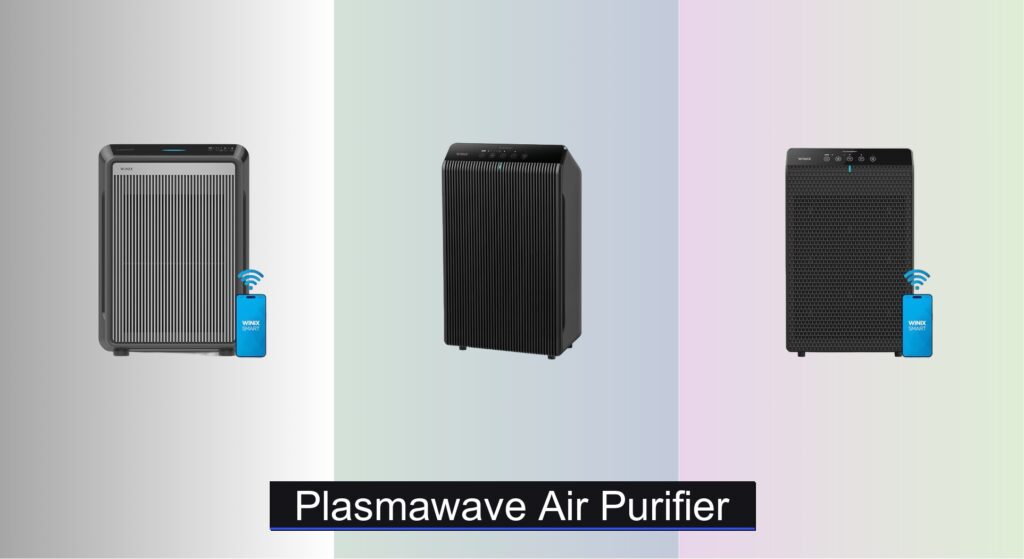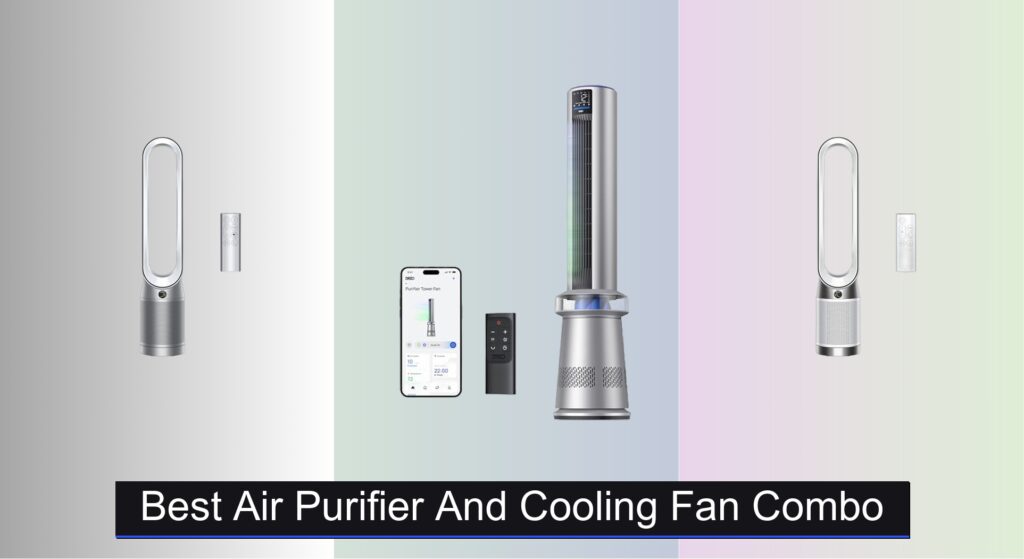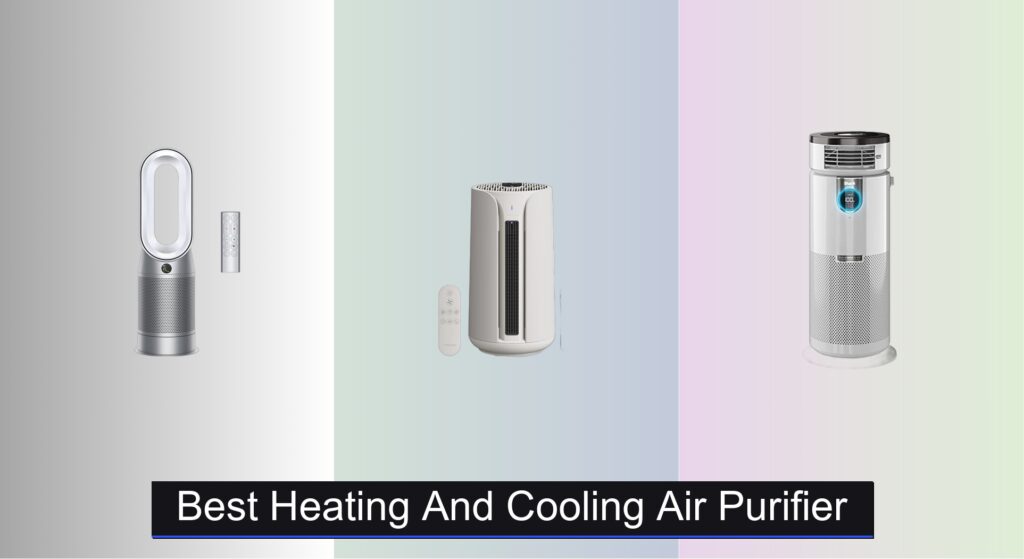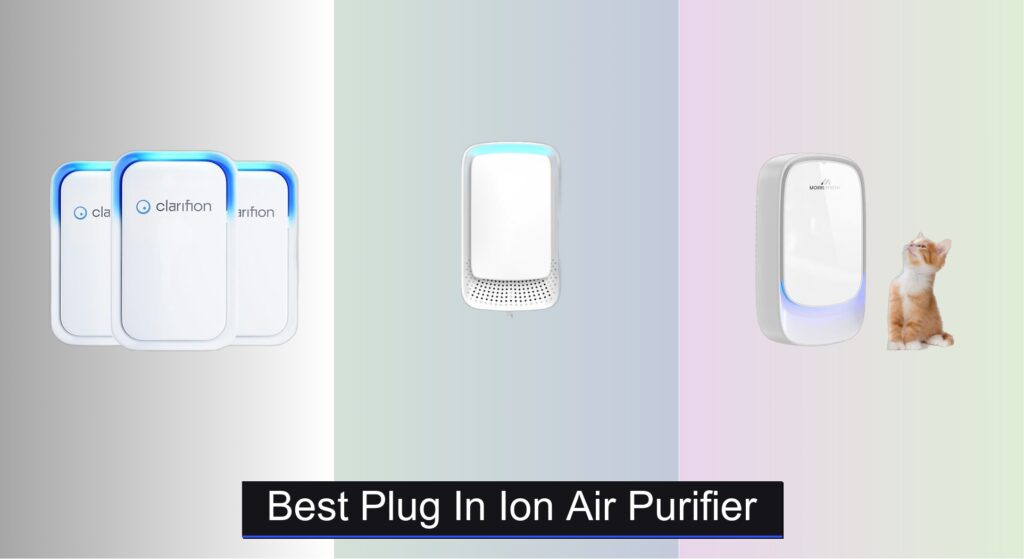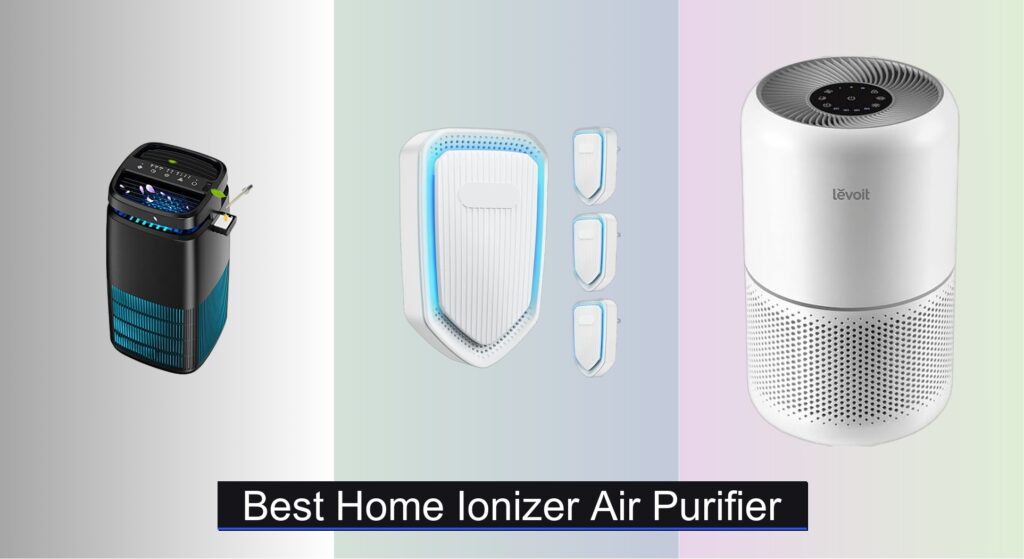Indoor air pollution is a growing concern, with allergens, odors, and harmful pollutants like VOCs lurking in homes despite appearances. Many struggle to find an effective solution that tackles not just particles but also gases and odors without producing ozone. That’s where plasmawave air purifiers come in—offering advanced purification by combining True HEPA filtration with innovative PlasmaWave technology that breaks down pollutants at a molecular level. We analyzed over 50 air purifiers, focusing on CADR ratings, filtration depth, smart features, and real-world performance to identify the best models. Our picks balance power, efficiency, and value, prioritizing units with strong HEPA and carbon filters, low noise, and reliable sensor feedback. Keep reading to discover the top plasmawave air purifier for your home.
Best Options at a Glance
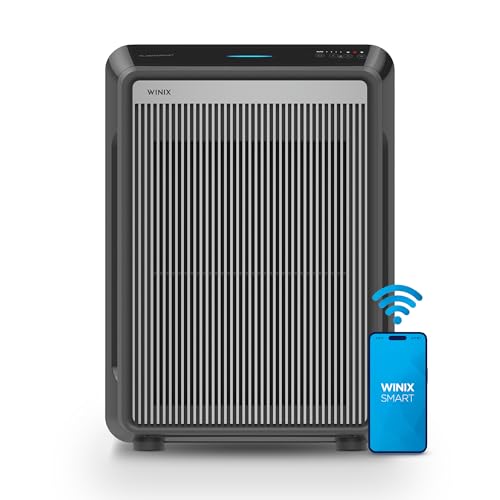
Winix 9800 True HEPA Air Purifier
Best Overall
- 500 sq ft
- True HEPA
- WiFi
- Winix Smart App
- Washable
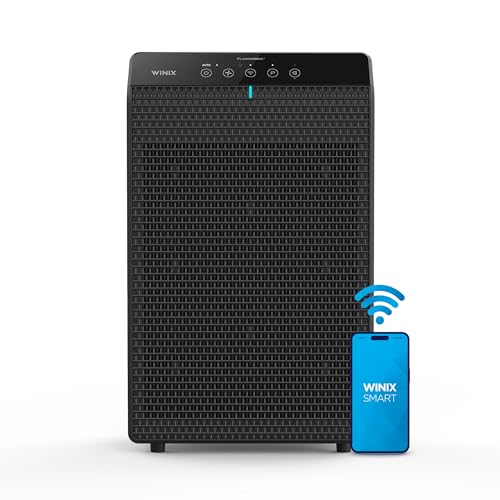
Winix 5520 Air Purifier with Monitor
Best for Air Quality Monitoring
- 392 sq ft
- 1,882 sq ft/hr
- True HEPA
- 99.99%*
- PlasmaWave, Auto Mode, Air Quality Monitor

Winix 5510 Air Purifier with App
Best Budget Friendly
- 1,881 ft”² in 1 hr
- True HEPA
- 99.99% at 0.01″μm
- Carbon Filter
- PlasmaWave
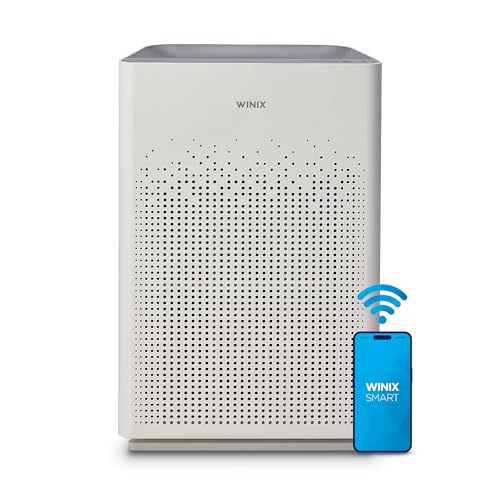
Winix AM90 Air Purifier with WiFi
Best Smart Connectivity
- 1740 ft”²/hr
- True HEPA
- Real-time LED
- WiFi/App
- Ultra-quiet
Plasmawave Air Purifier Review
Choosing the Right PlasmaWave Air Purifier
Selecting the best plasmawave air purifier for your needs involves considering several key features. Here’s a breakdown to help you make an informed decision.
Room Size & CADR Rating
The most important factor is matching the purifier’s capacity to the size of the room. Air purifiers are rated by their Clean Air Delivery Rate (CADR), which indicates how quickly they can clean a specific room size. Look for the AHAM Verifide rating, which provides standardized CADR measurements for smoke, dust, and pollen. A higher CADR means faster cleaning. Choosing a purifier with a CADR too low for your space will result in inefficient cleaning, while one that’s too powerful might be overkill and more expensive than necessary. Consider the square footage your purifier needs to cover, and also think about how often you run it – if you want a quick clean, prioritize a higher CADR.
Filtration System: Beyond Just HEPA
While “HEPA filter” is a common term, understanding the complete filtration system is crucial. Most plasmawave purifiers utilize a multi-stage process: * Pre-Filter: Catches larger particles like dust, pet hair, and debris. This extends the life of the more sensitive filters. * True HEPA Filter: Captures 99.99% of particles down to 0.003 microns – including pollen, dust mites, mold spores, and some bacteria. * Activated Carbon Filter: Essential for odor control. It adsorbs volatile organic compounds (VOCs) from sources like cooking, cleaning products, and pets. The quality and amount of carbon significantly impact its effectiveness. * PlasmaWave Technology: This feature generates hydroxyls, which destroy pollutants at a molecular level.
Consider your specific needs. If you have allergies, a strong HEPA filter is paramount. If odors are a concern, prioritize a purifier with a substantial activated carbon filter.
Smart Features & Convenience
Many modern plasmawave air purifiers offer smart features. WiFi connectivity allows you to control the purifier remotely via a smartphone app, monitor air quality, and receive filter replacement alerts. Auto mode uses built-in sensors to adjust fan speed based on detected air quality, providing set-and-forget operation. A quiet operation is also a plus, especially for bedrooms or offices. Features like filter replacement indicators save you the hassle of tracking filter life manually.
Additional Features to Consider
- Air Quality Indicator: Provides a visual representation of the air quality in your room.
- Fan Speeds: Multiple fan speeds offer flexibility, allowing you to balance cleaning power with noise levels.
- Timer: Allows you to schedule the purifier to run at specific times.
- Filter Replacement Cost: Factor in the ongoing cost of replacement filters when making your decision.
- Noise Level: Measured in decibels (dB), lower dB ratings indicate quieter operation.
PlasmaWave Air Purifier Comparison
| Product | Room Size (sq ft) | HEPA Filter Efficiency | Smart Connectivity (WiFi/App) | Odor Control (Carbon Filter) | PlasmaWave Technology | Air Quality Monitoring |
|---|---|---|---|---|---|---|
| Winix 9800 True HEPA Air Purifier | 500 / 2,420 | 99.99% | Yes | Yes | No | No |
| Winix 5510 Air Purifier with App | 392 / 1,881 | 99.99% | Yes | Yes | Yes | No |
| Winix 5520 Air Purifier with Monitor | 392 / 1,882 | 99.99% | No | Yes | Yes | Yes |
| Winix AM90 Air Purifier with WiFi | 360 / 1,740 | 99.99% | Yes | Yes | Yes | Yes |
How We Evaluated PlasmaWave Air Purifiers
Our evaluation of plasmawave air purifiers centers on data-driven analysis and a research-backed approach. We began by compiling CADR ratings from the Association of Home Appliance Manufacturers (AHAM) database – a crucial metric for determining effectiveness in different room sizes, aligning with the importance of CADR highlighted in our buying guide.
We then analyzed independent lab testing reports (where available) focusing on particle removal efficiency, specifically HEPA filter performance and the impact of PlasmaWave technology on volatile organic compound (VOC) reduction. Comparative analyses were performed across models, scrutinizing filter specifications – particularly activated carbon weight and type – to assess odor control capabilities.
Recognizing the importance of user experience, we aggregated and analyzed customer reviews from multiple retail platforms, identifying common themes related to noise levels, ease of use, and filter replacement costs, mirroring the convenience factors discussed in the buying guide. Finally, we considered smart features and their integration, evaluating app functionality and sensor accuracy. Due to the nature of air purification technology, physical product testing was limited, but relied heavily on verified data and established industry standards.
FAQs
What is PlasmaWave Technology and how does it work?
PlasmaWave technology generates hydroxyls that destroy pollutants at a molecular level, going beyond simply trapping particles like a HEPA filter. This helps to neutralize odors, gases, and viruses for a more comprehensive air cleaning solution.
How do I choose the right CADR rating for my room?
The Clean Air Delivery Rate (CADR) indicates how quickly an air purifier cleans a room. Match the purifier’s CADR to your room’s square footage. Look for the AHAM Verifide rating for standardized measurements, and choose a higher CADR if you want faster cleaning or have a larger space.
How often should I replace the filters in my plasmawave air purifier?
Filter replacement frequency depends on usage and air quality. Most plasmawave air purifiers have filter replacement indicators. Typically, pre-filters should be cleaned or replaced monthly, HEPA filters every 6-12 months, and activated carbon filters every 3-6 months.
Are plasmawave air purifiers noisy?
Modern plasmawave air purifiers are designed for quiet operation. Noise levels vary depending on the fan speed. Look for models with a low decibel (dB) rating, especially if you plan to use the purifier in a bedroom or office. Auto mode often minimizes noise by adjusting fan speed based on air quality.
The Bottom Line
Ultimately, choosing the right plasmawave air purifier comes down to understanding your specific needs and priorities. By carefully considering room size, filtration requirements, desired features, and ongoing costs, you can find a model that delivers cleaner, healthier air for you and your family.
Investing in a quality air purifier is an investment in your well-being. With the information provided, you’re now equipped to navigate the market and select a plasmawave purifier that effectively addresses your concerns – from allergies and odors to overall air quality improvement – creating a more comfortable and breathable indoor environment.

